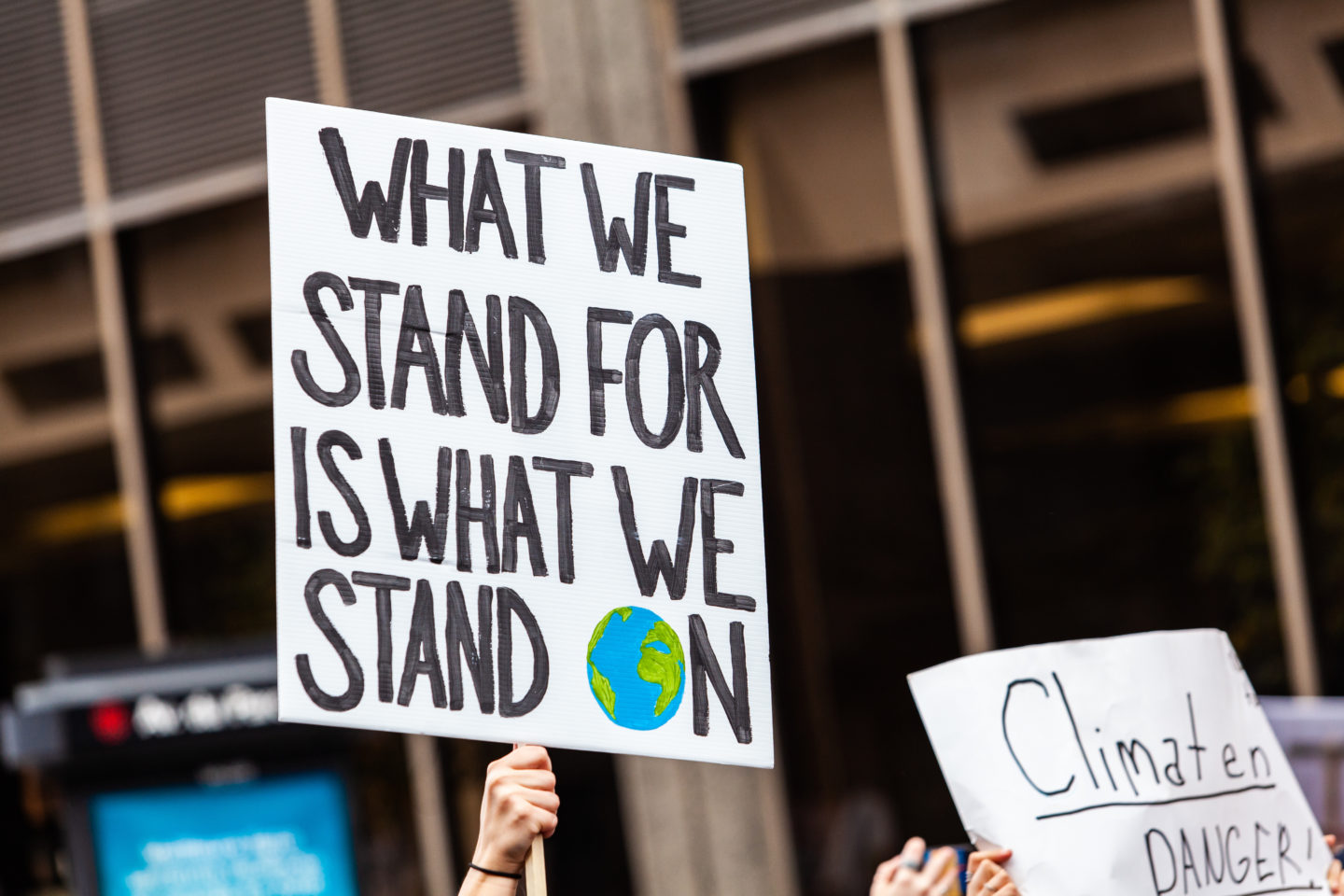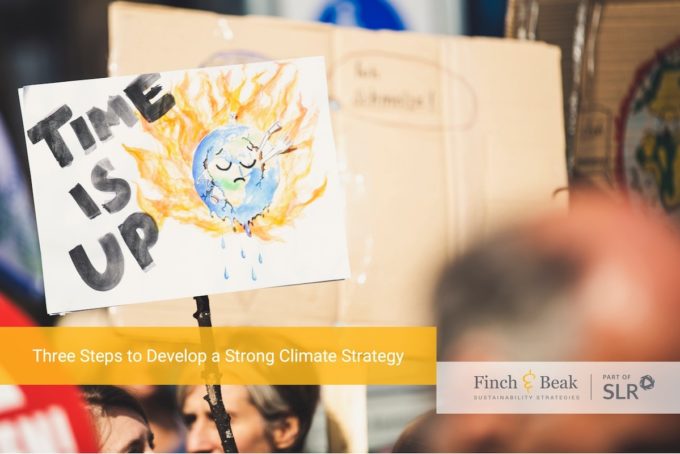Three steps to develop a strong corporate climate strategy
Developing a climate strategy entails understanding impacts related to climate change and having a plan to mitigate the company’s impacts on climate change, as well to adapt to the new circumstances arising from climate change. But where to start? Here are three steps to take to get a good view on your company’s climate-related risks and opportunities, developing or strengthening the actual strategy, and keeping stakeholders engaged along the way.
1. Understand the climate-related risks and opportunities
Before designing the climate strategy, it is essential to understand the following impacts:
- Inside-out/societal impacts (related to climate mitigation), i.e. impacts on climate change by the company; for example, contributing to global warming through direct and indirect emissions of greenhouse gases.
- Outside-in/business impacts (related to climate adaptation), i.e. impacts of climate change on the company; for example, physical risks such as weather-related events affecting industrial sites and operations, and transition risks such as regulation affecting the price of carbon emissions, and therefore cost of operations.
Using the recommendations from the Task Force on Climate-Related Financial Disclosures (TCFD) as a basis for the climate strategy is the “golden standard” from the perspective of regulators, investors and investor-focused ratings such as CDP and S&P Global’s Corporate Sustainability Assessment. The Financial Stability Board created the TCFD to develop recommendations on the types of information that companies should disclose to support investors, lenders, and insurance underwriters in appropriately assessing and pricing a specific set of risks, namely those related to climate change. Following these recommendations is also becoming mandatory, as eight jurisdictions including the European Union, Switzerland, and the United Kingdom have already made TCFD-aligned reporting a requirement.
Several tools are available for companies to assess how the risks and opportunities related to climate change. For climate mitigation, companies should start with measuring their GHG emissions, and undertake life-cycle assessments. Companies can also go one step further and use tools such as Impact Measurement & Valuation and Portfolio Sustainability Assessment to quantify the societal impacts of a company’s activities and identify opportunities for improvement.
For climate adaptation, companies should conduct scenario analyses on physical and transition risks brought about by climate change. These analyses provide technical insights on the resilience of an organization’s strategy to climate-related risks. In line with the TCFD recommendations, companies should use at least one 2°C or lower scenario.
In assessing the climate-related risks and opportunities, companies should also consult their stakeholders. Engaging the stakeholders can be done through the company’s materiality assessment or on the base of a project dedicated to the company’s climate strategy. These processes provide valuable insights for building the climate strategy and will allow to facilitate the climate strategy execution.






 Audio available
Audio available